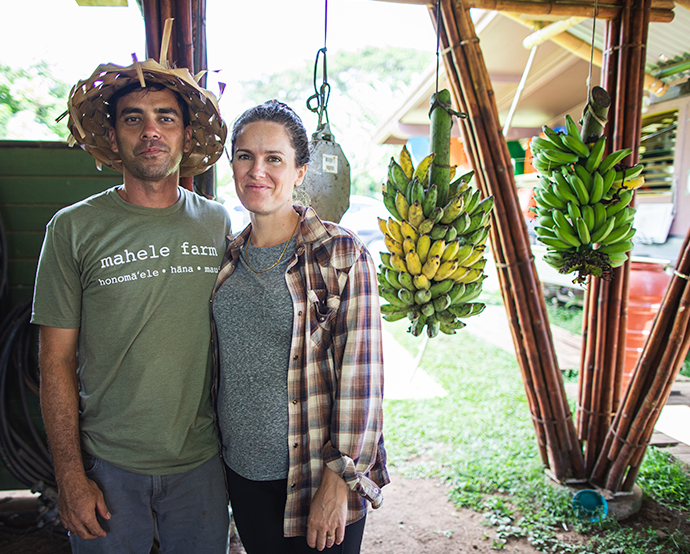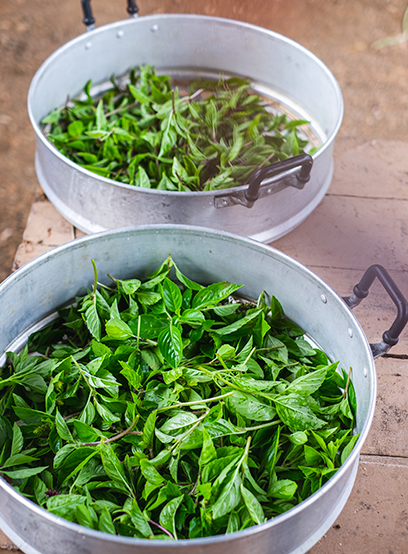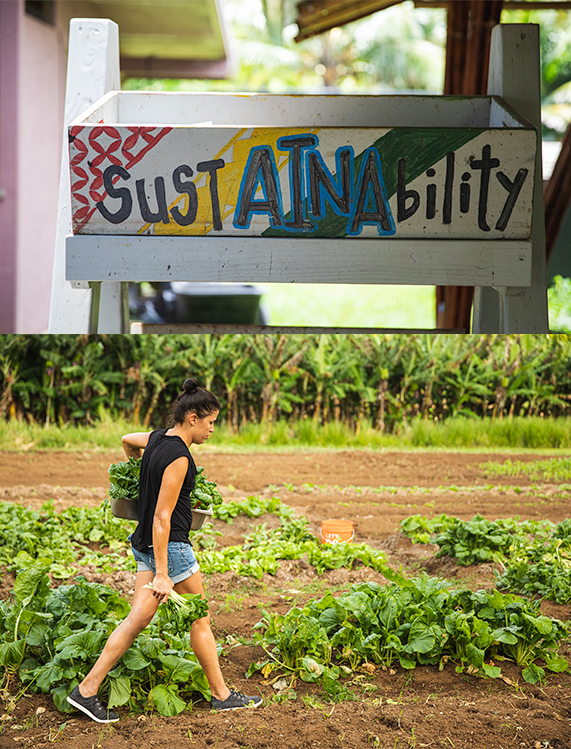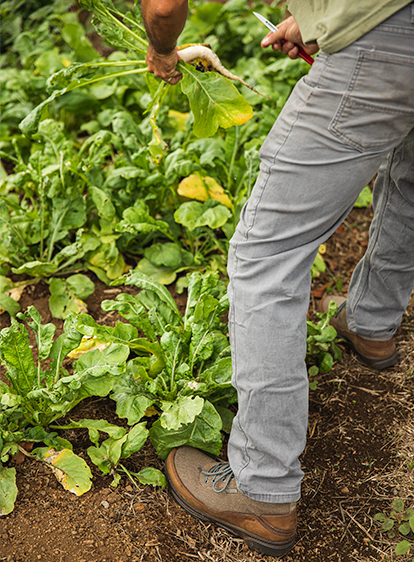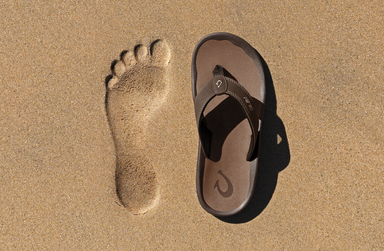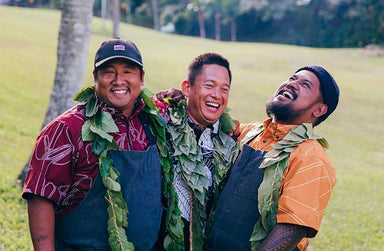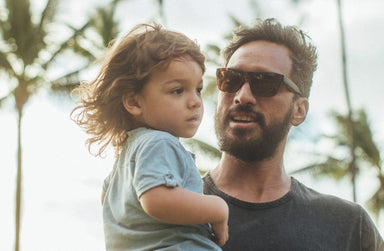Walk Stories
OluKai
Nov 01, 2019
From ‘Āina to Table: The Mahele Farm Movement in Hāna, Maui
Created in 2010, Mahele Farm in East Maui’s lush, isolated town of Hāna is not your average community garden. Started by a collaboration between Kahanu Garden, Hāna School, and its parent organization Ma Ka Hana Ka ‘Ike (a non-profit supporting Hāna School’s at-risk youth), the team has since created an all-inclusive community farm for the families and residents of Hāna. Community volunteers from keiki (children) to kūpuna (elders) work through an honor system on the farm to perpetuate the Hawaiian tradition of mahele (to share equally) through abundant harvests while positively impacting the eating patterns of the community by putting healthy food on their tables. Because the word 'mahele' was misappropriated by colonizers when imposing a large land division to foreigners in 1848, Mahele Farm has made it its mission to simultaneously take back and restore this important Hawaiian cultural value. We spoke with Mahele Farm Manager Mikala Minn, who filled us in on how the farm was started and its significance for the future.
Aloha, Mikala! Can you tell us about how and why Mahele Farm was started?
The farm started in 2010 as a partnership between Kahanu Garden, Ma Ka Hana Ka ‘Ike, and Hāna School's Agricultural program. Kahanu Garden acquired a piece of conservation land here in East Hāna, which is required to stay as conservation or nonprofit agriculture in perpetuity. My brother-in-law and a few other agriculture specialists had the idea of starting a community farm because the community really needed one. With over 100 volunteer days a year to serve the community, we’re serving more than 300 community members now, which reaches even further when you consider that these individuals bring harvests home to their families. We also have two school gardens that we visit to interact with and provide ‘aina (land) education to kids. The kids come down here [to Mahele Farm] for field trips, and we also have a young farmer training program where we educate youth from Hāna through paid apprenticeships on how to grow food in their own homes. The big “why” for Mahele Farm was based on the community’s large need for fresh food. While Hāna is as lush and beautiful as it gets, it was also kind of a “food desert” in a sense. Most people still get a lot of their food from the urban center on the other side of the island, but there were some grassroots community surveys conducted that told us that the community wanted fresh food closer to their homes.
Where does the produce you grow go to now?
One hundred percent of the produce that we grow stays in Hāna. Community volunteers work for a period of time, and then they get to take home at least $30 to $40 worth of fresh vegetables and fruits. So, everything stays in Hāna. The food doesn’t go to the market at all, and we always make sure there’s no waste; it all stays at home with our local Hāna families.
Can you put into words the importance of sustainability through all of this?
Sustainability, as far as agriculture goes, is probably the hardest work. To me, sustainability means trying not to bring in things from the “outside” [urban Maui, and the mainland]. It means making your own compost, growing your own trees, air layering and grafting, starting from seed, and collecting. It means finding the people in the community who have been growing heirloom vegetables and fruits for years and asking them if they can be part of our efforts by perpetuating their fruits and vegetables down here. Most people have been really receptive to that and have helped us out. So, a lot of the produce we grow here is coming from the people in our community already.
Have you seen a change in the farm-to-table concept now, even here in Hāna?
I think people have recently become enamored with local food, but most of it has been geared towards the tourist industry. When it comes down to it, farm-to-table has been happening in Hawai‘i since almost 300 A.D; it’s nothing new, you know? Local families in Hāna eat off of their land every day, so if we’re talking about farm-to-table in terms of the family, I think it’s only changed in the sense that different types of vegetables are being introduced out here. These new introductions can be good, but might also be detrimental, as Hawai‘i can be quite susceptible to foreign plant diseases and invasive species. So, we have to be careful with what we introduce to certain lands.
What’s the relationship of farming to the culture here in Hawai‘i?
In traditional Hawaiian culture, the farmer was actually the most important person in the society. Even in caste systems of the past, no one ate without the farmer, and you can't really create a sophisticated culture without being fed proper food. Agriculture and the culture of growing food is, in and of itself, a build block to everything.
